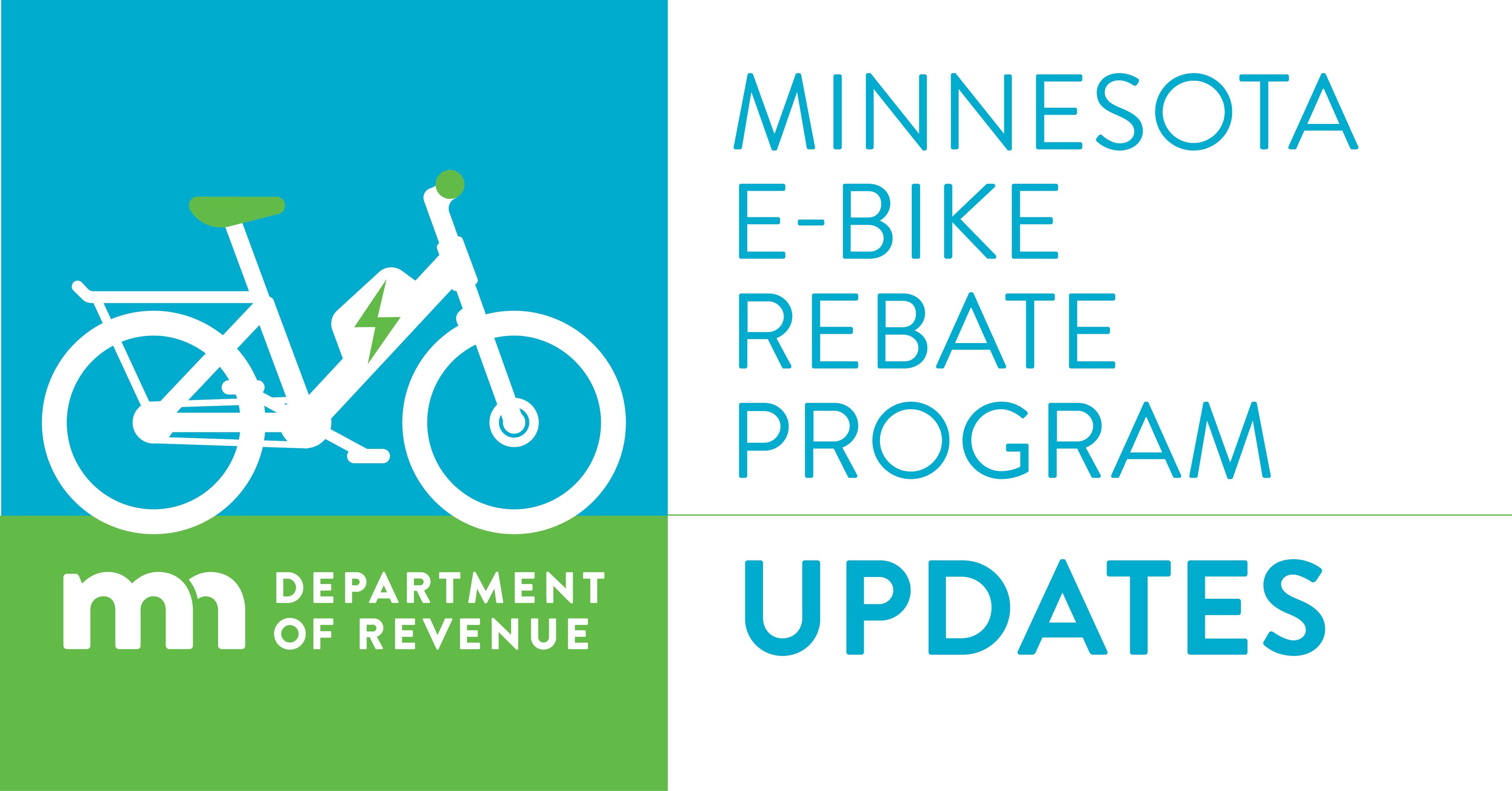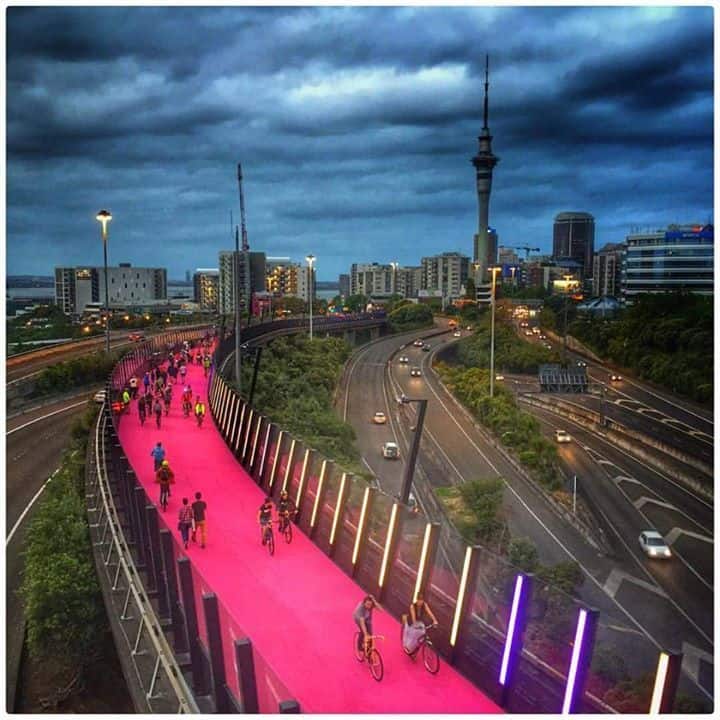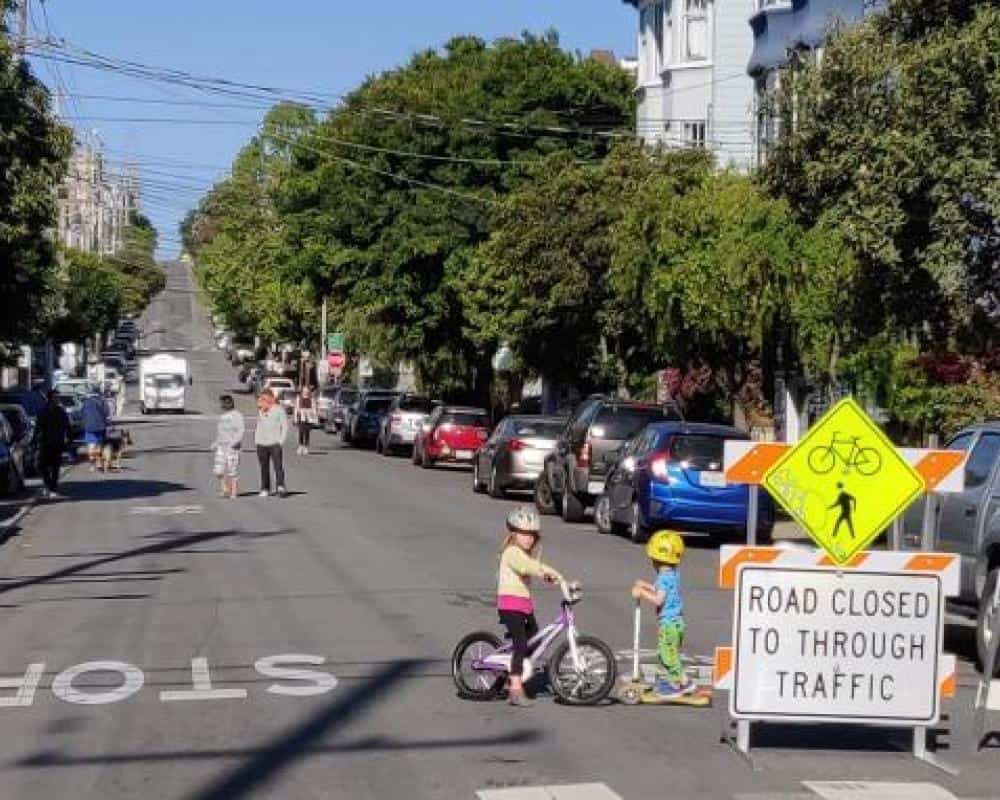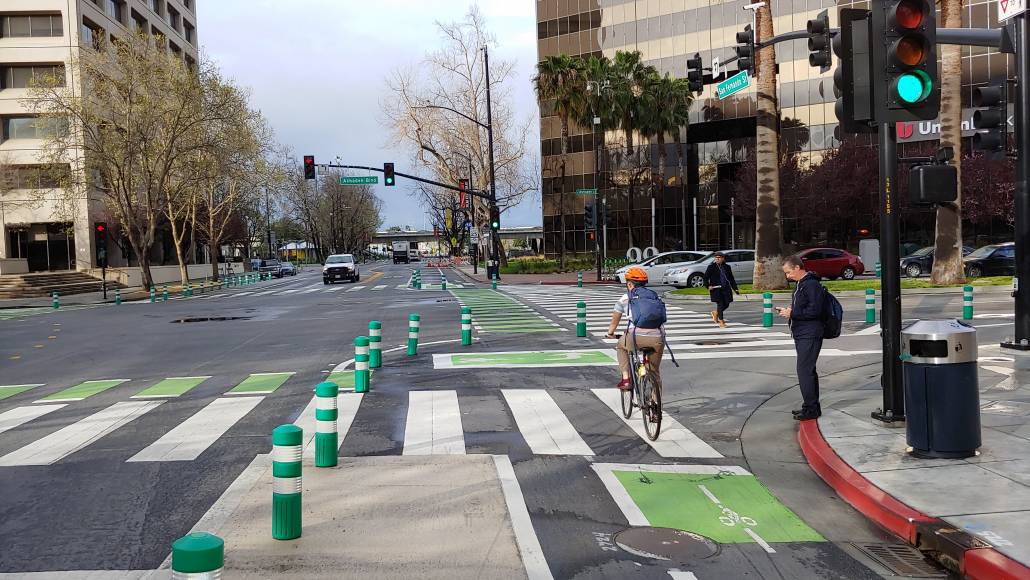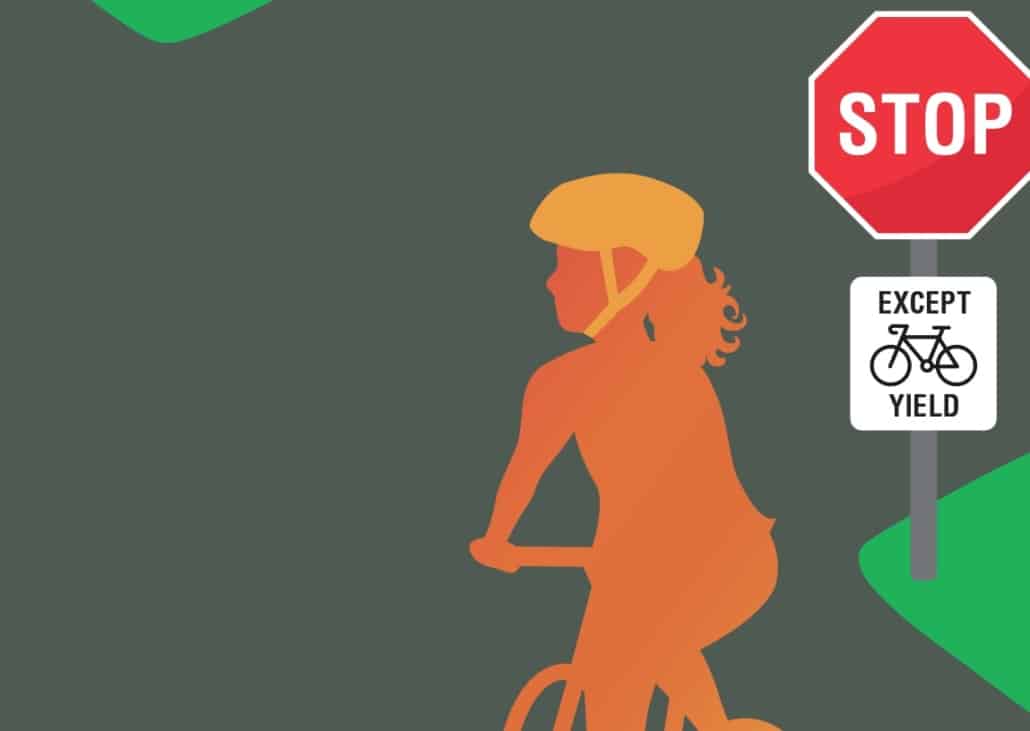Bike-Friendly Bills Bite the Dust
After several years of successful campaigns, including passing the Freedom to Walk Act,the Complete Streets Bill, and securing $1 billion for the Active Transportation Program, 2025 is shaping up to be a dismal year for active transportation efforts in Sacramento. A combination of budget shortfalls, literal and metaphorical fires, and a federal government openly hostile to the Golden State captured legislators’ attention. Bold steps sucked up most of the attention and the steady progress toward safer streets took a hit, though legislators found time to pass several minor e-bike regulations.
Killed by suspense (i.e. the state budget)
We won’t have the final tally until the governor finishes signing bills on October 12, but the suspense file took out CalBike’s Quick-Build bill.
The death of the Quick-Build Bill, AB 891, which went on suspense in August, was a shock. The bill, which would give Caltrans expanded ability to use quick-build methods to swiftly fix road hazards, had sailed through the legislative process. Caltrans didn’t oppose it, and we anticipated an easy passage.
Quick-build has been adopted by many communities, but Caltrans rarely uses it on state routes that double as local streets. With low-cost materials and a shorter planning time, quick-build’s quick fixes can save the lives of vulnerable road users and are cheaper and faster to build than traditional road projects. It’s strange to see a bill that would save California money get tanked in the Appropriations Committee, but that’s the mystery of the suspense file.
The demise of the Bike Highways Bill, AB 954, was expected. The author has now pulled the bill after amendments stripped it of most of its substance due to Senate Transportation committee concerns that the bill went too far. Assemblymember Steve Bennett hasn’t wavered in his support for bike highways; he plans to return next year with a revamped bill. We think this concept is an excellent way to approach the need for connected, protected bike routes that facilitate regional bike travel and we’re looking forward to working with Bennett on his new legislation.
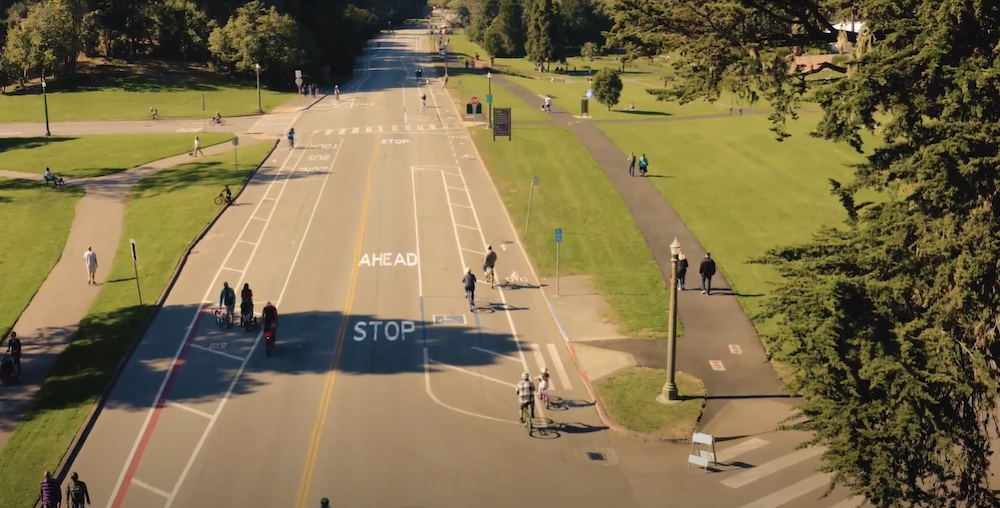
Budget woes hit active transportation harder than highways
We had held out a sliver of hope to secure more money for the Active Transportation Program through the Cap-and-Trade (now Cap-and-Invest) reauthorization, but that window has closed. The ATP will have to struggle through another cycle with inadequate funding unless legislators make up the shortfall and return the $400 million cut from the program in next year’s budget.
The ATP represents a tiny fraction of California’s $20 billion transportation budget, but it has been the first place Governor Gavin Newsom has cut in tough budget times. It’s frustrating to watch California fall even more behind on its climate goals while pouring money into climate-killing highway projects. We will continue to work with our allies to redirect our state’s spending priorities next year.
The only bikes that got attention are electric
While legislators didn’t stand up for active transportation and safe streets where it counts, they did cave to the clamor for e-bike regulation with a slate of e-bike bills. Two of these bills have been passed and signed by the governor already and we expect the same for the remaining three bills. The one bill CalBike supported, SB 455, died in committee.
The evolving e-bike market does need better regulation, but the mix of bills moving through the legislature this year will only add to the confusion. Look for an announcement from CalBike soon as we take steps to build consensus on e-bike regulation.
Finding reasons for hope
Not everything is doom and gloom this season. CalBike is actively working with Caltrans on the implementation of SB 960, the Complete Streets law, and we’re hopeful that will herald greater investments in biking, walking, and transit infrastructure from the state’s SHOPP program. While the statewide e-bike incentive rollout has proceeded slowly, more and more local governments, utility companies, and other agencies are providing financial help for people who want to get around by e-bike. That, in turn, is increasing the number of bikes on the streets, leading to greater safety in numbers for bike riders.
The challenges of this year point the direction for future action. We need to elect stronger bike champions in greater numbers to the Assembly and Senate as well as local governments. California will elect a new governor in 2026, and having a state executive who understands and cares about active transportation and its role in mitigating the climate crisis would make a big difference. Look to CalBike for endorsements during the next election cycle.
As bike advocates, we know not to lose hope because of a couple of setbacks. We’re in this for the long haul.

